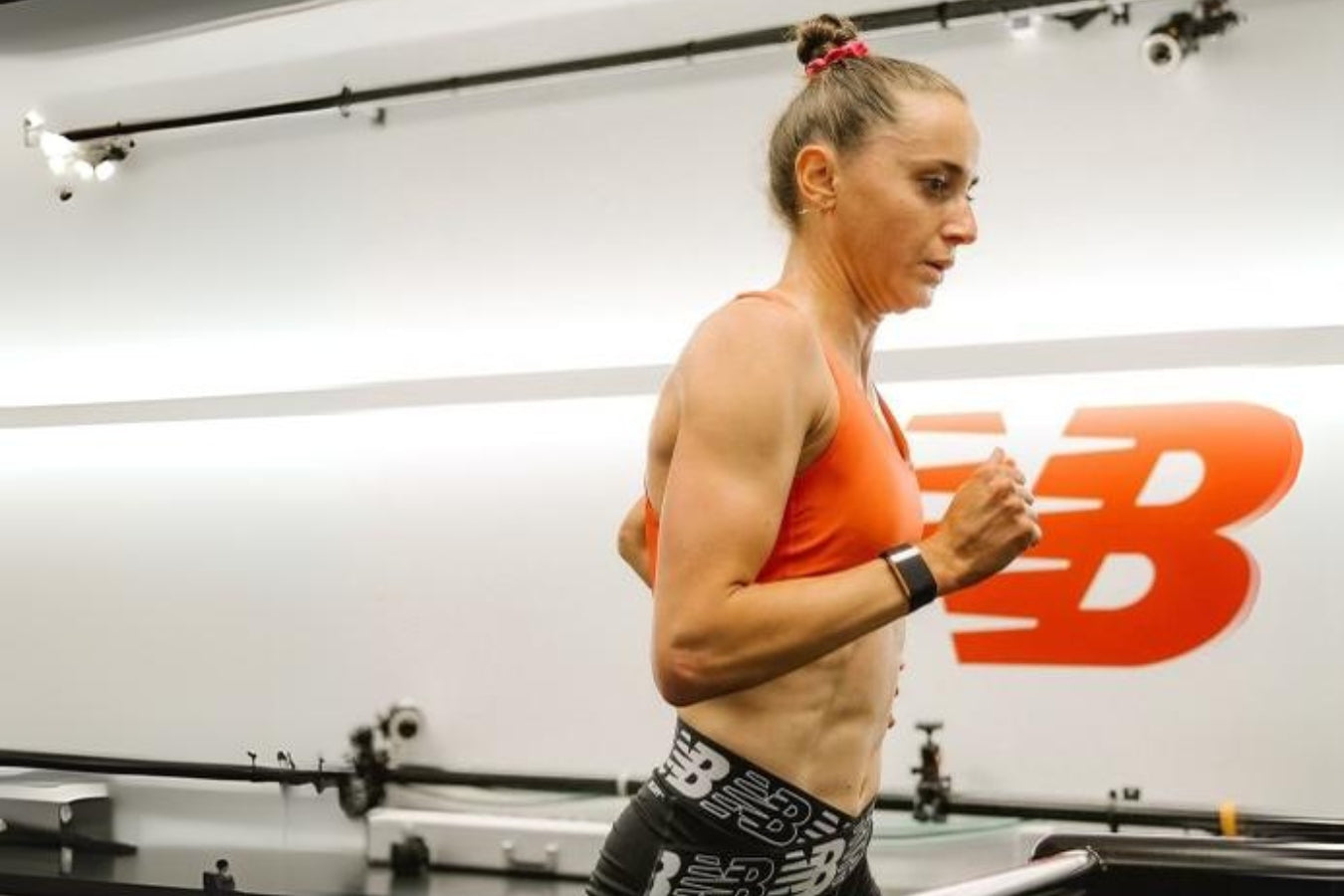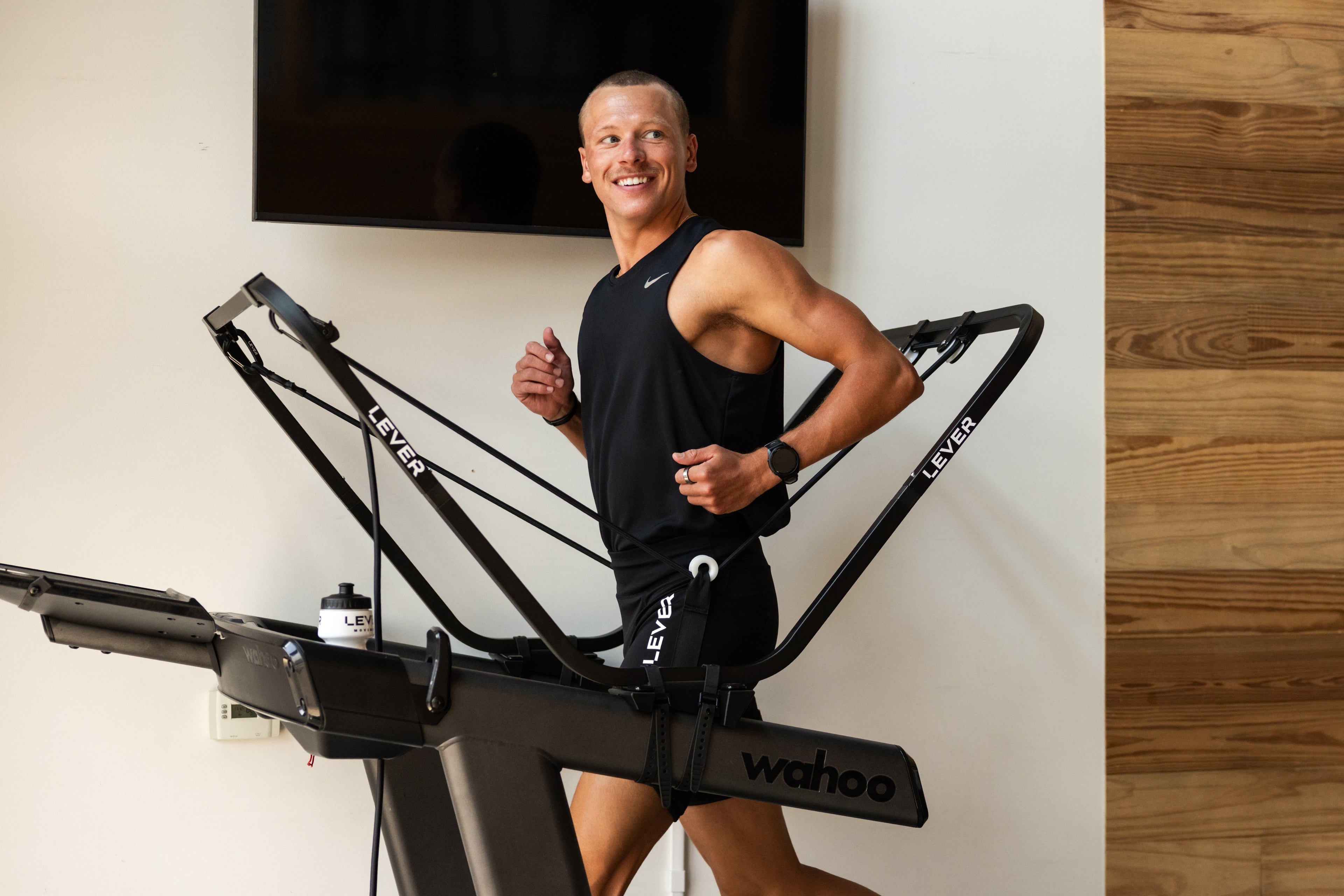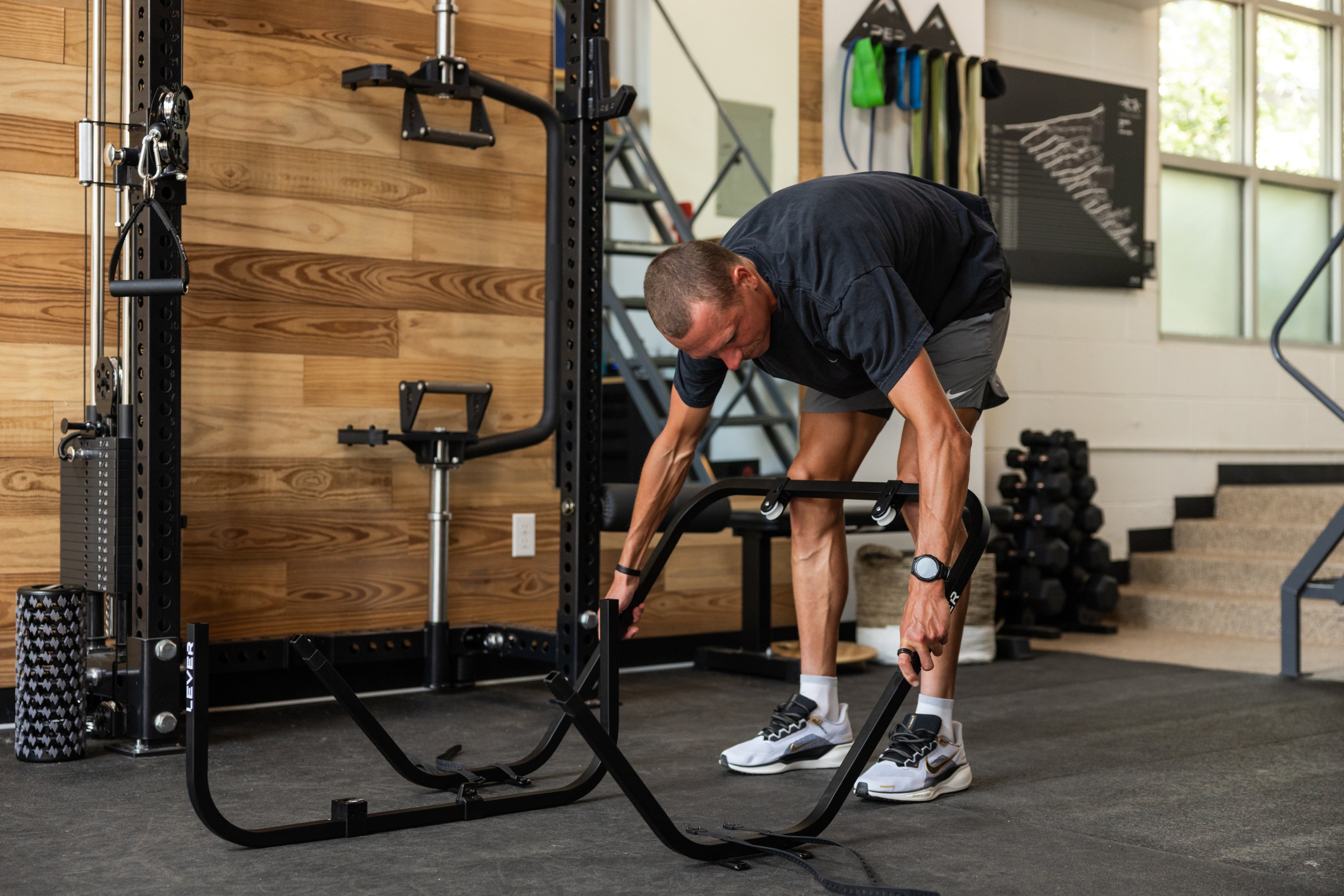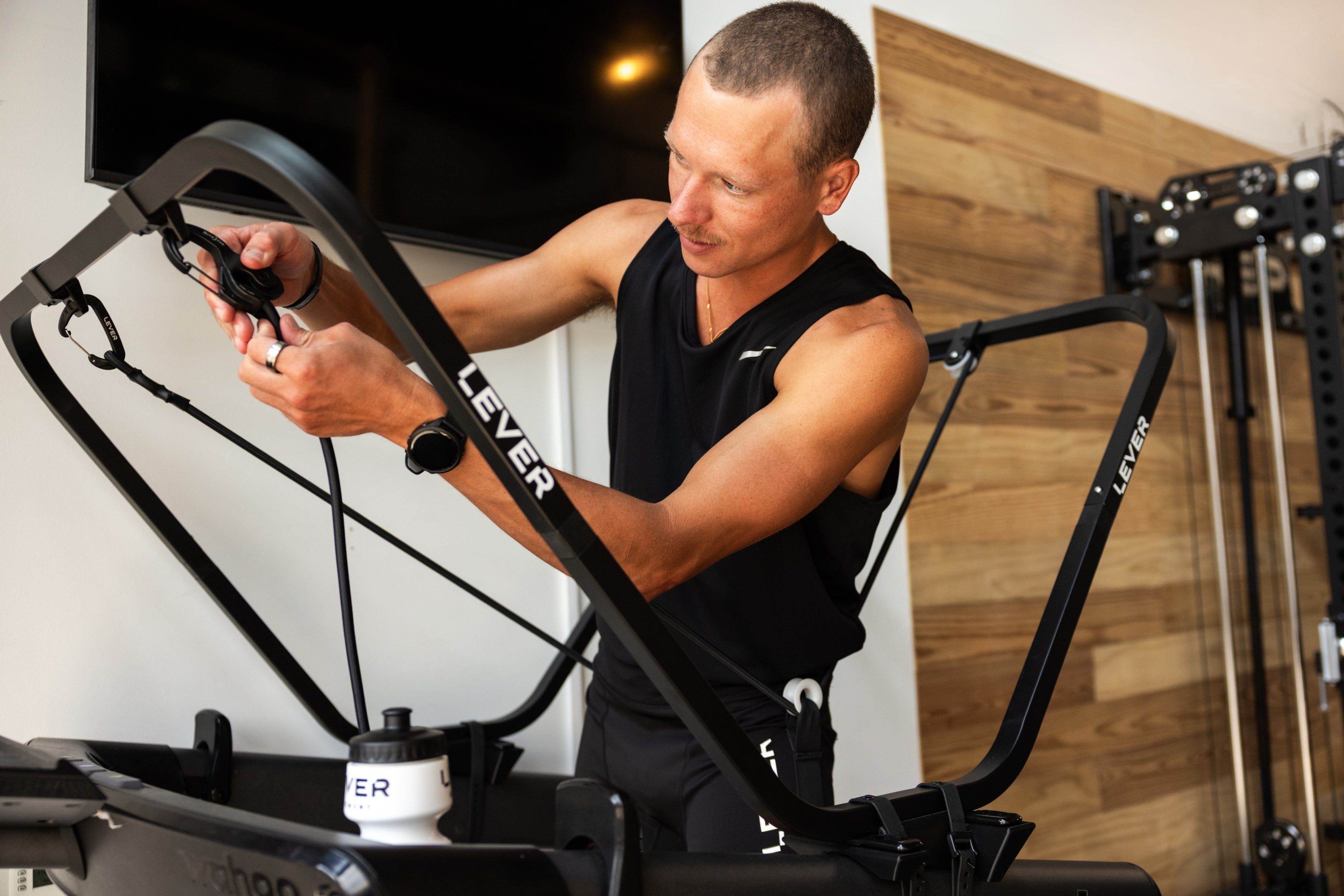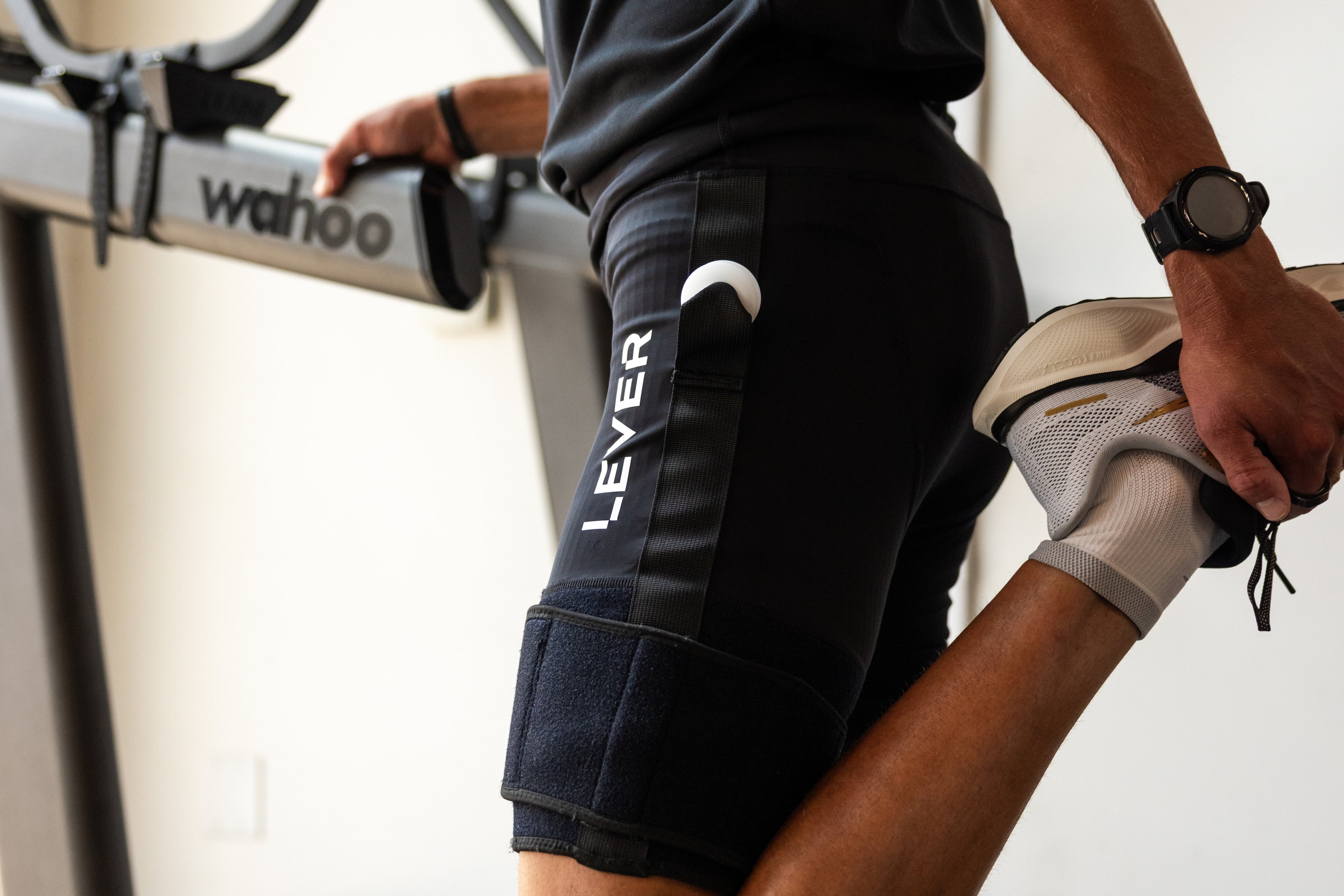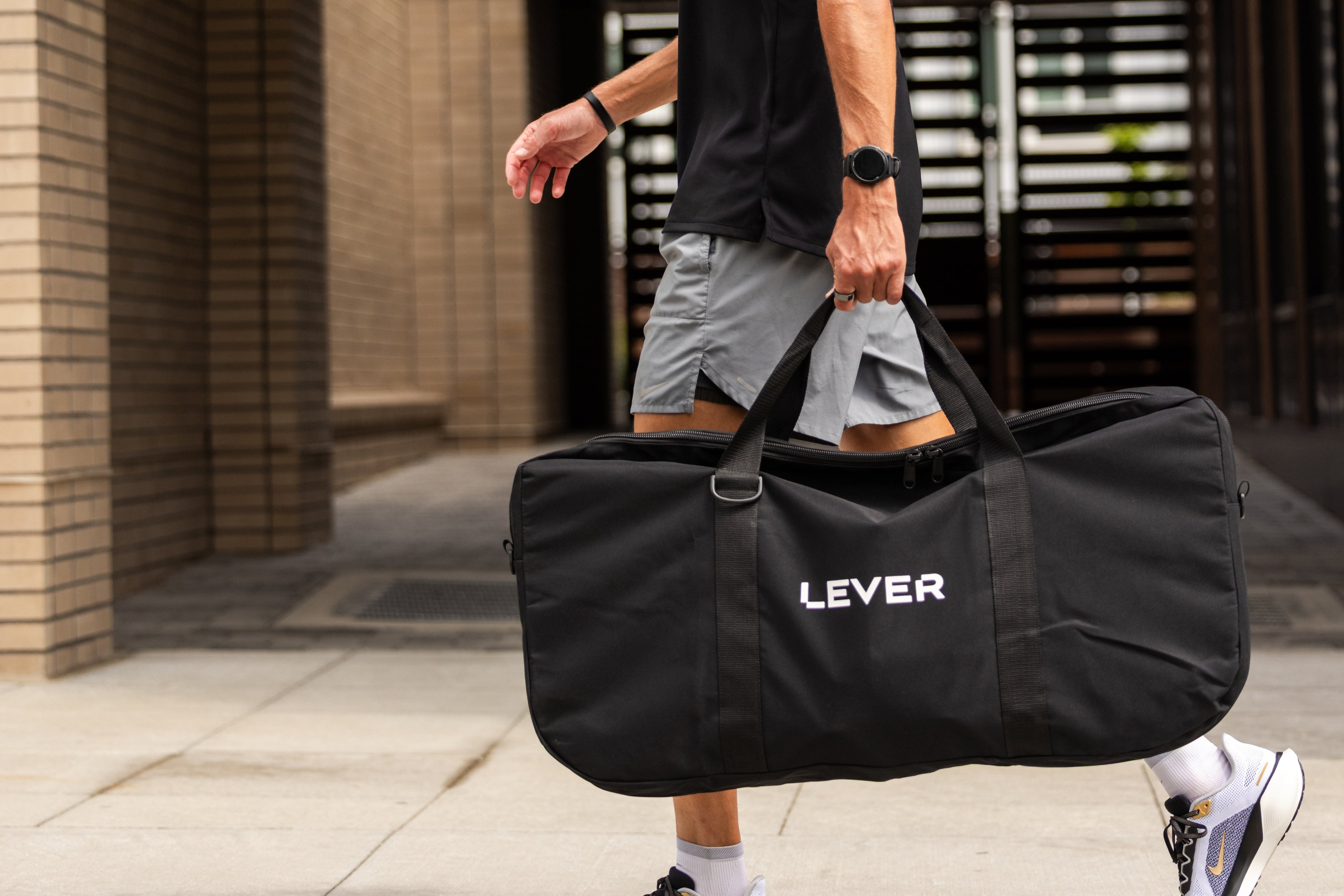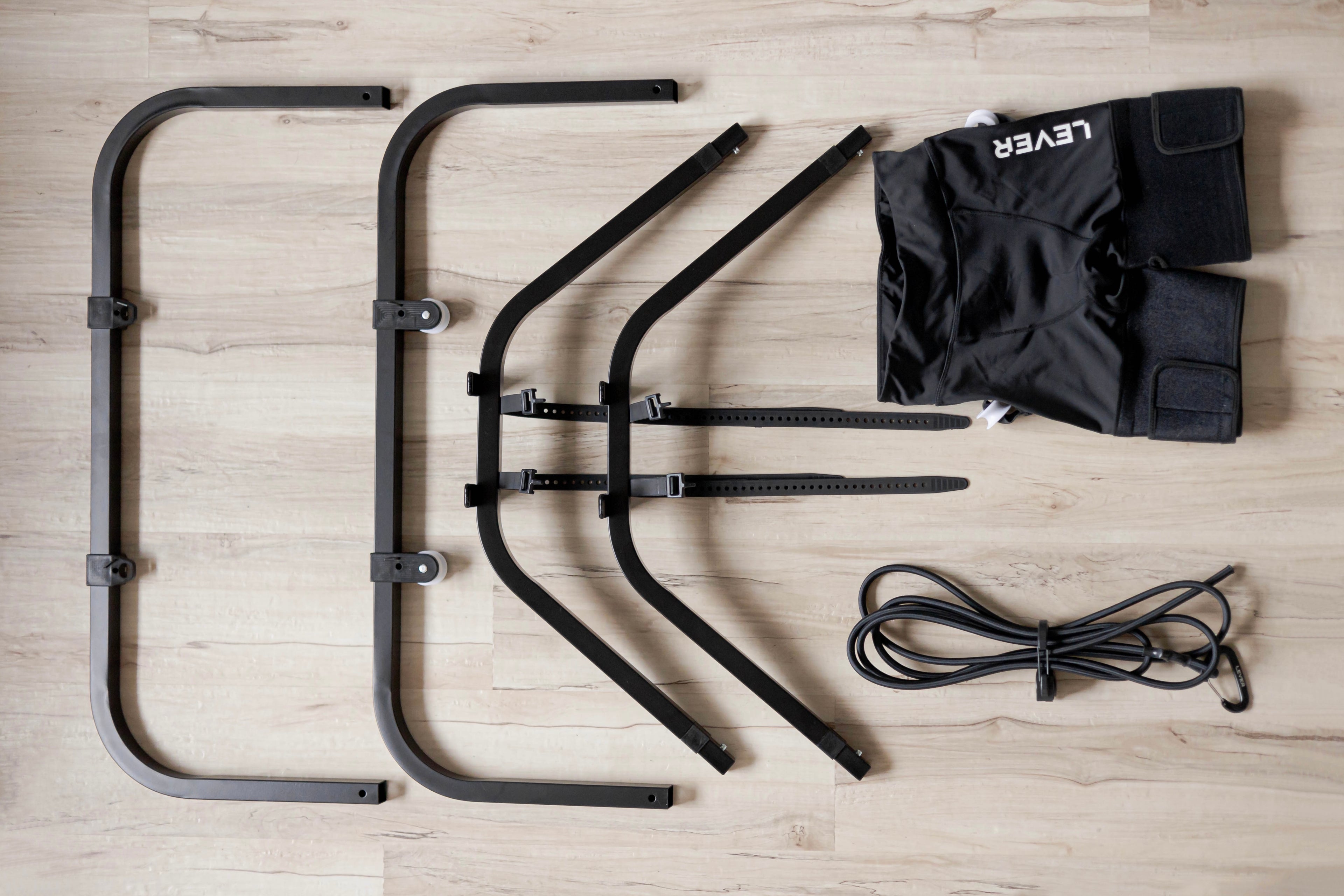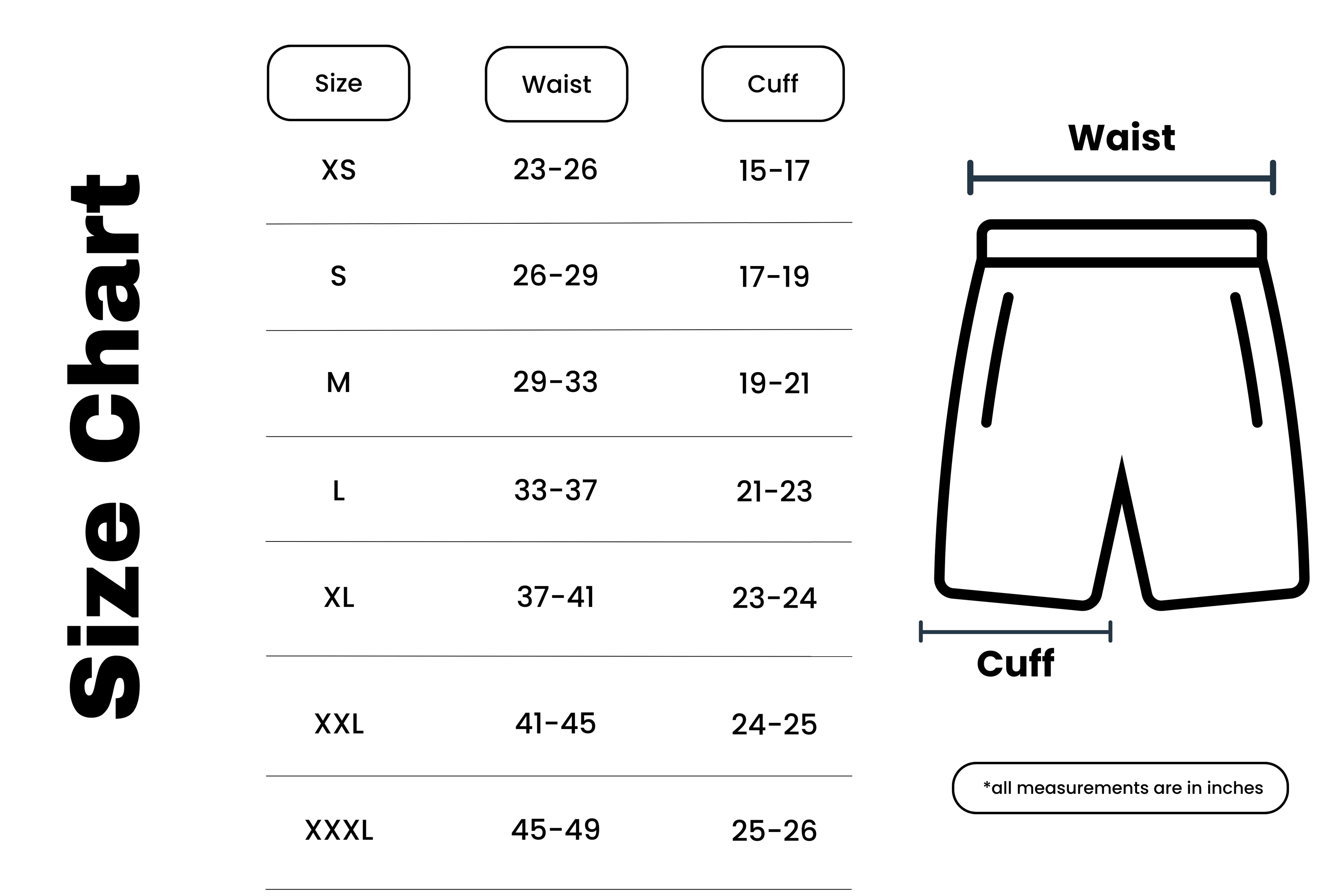When it comes to competing at the highest level in endurance sports, every detail matters. For professional triathlete Laura Philipp, her preparation for the 2024 Ironman World Championship in Nice has been nothing short of meticulous. In her recent visit to the New Balance Research Lab in Boston, Laura took a deep dive into the data that could help her shave precious minutes off her time, making the difference between a podium finish and an average result.
Here, we explore Laura’s journey and how advanced biomechanics and personalized gear choices are setting her up for success.
A Unique Opportunity at the New Balance Research Lab
As a high-performance athlete, Laura has always strived to fine-tune every aspect of her training, gear, and race strategy. That’s why her recent trip to the New Balance Research Lab felt so exciting for her. It wasn’t just about testing shoes—it was about understanding her body’s mechanics in greater detail.
“It was like a birthday and Christmas all together,” Laura said, expressing her enthusiasm. The experience began with a comprehensive body scan that revealed some long-standing asymmetries. Laura had known for some time that she had a small discrepancy in leg length, but seeing it measured so precisely was an eye-opener.
For triathletes like Laura, such details can have a significant impact on performance. Subtle differences in body alignment or foot size can affect running economy, stride length, and even how efficiently an athlete’s body utilizes energy over the grueling distances of an Ironman race.
“I’ve had a small increment under one leg for a long time, and to see it so closely, the lengths and widths of my body, that was really cool.”

The Shoe Showdown: New Balance Elite vs. Pacer
One of the primary goals of Laura’s visit to the lab was to find the perfect shoe for the marathon portion of the Ironman World Championships. She had two main contenders: the New Balance Elite and the New Balance Pacer. Both shoes are excellent for competition, but they serve different purposes.
The Elite is designed for longer distances, offering maximum cushioning and shock absorption, while the Pacer is a minimalist shoe typically recommended for shorter races like 5Ks or 10Ks. Given the difference in design, the question was which shoe would help Laura achieve optimal performance in the marathon leg of the Ironman.
Laura put both shoes through rigorous testing on a treadmill equipped with sensors to measure key metrics like oxygen consumption, ground contact time, and stride length. The test was conducted at her target marathon pace, giving her and her team invaluable data to make an informed decision.
Surprising Results: The Power of the Pacer
After running in both shoes and analyzing the data, Laura was surprised to learn that the Pacer—a shoe typically designed for shorter distances—was more efficient for her marathon pace. The tests revealed that her running economy was 1% better when using the Pacer compared to the Elite. This may seem like a small percentage, but in the context of a marathon, it could translate into a time savings of up to two minutes.
“Running economy with the Pacer is 1% better, and that can make up to two minutes over the same distance, maybe even more depending on the route.”
One of the main reasons for this improvement was that the Pacer allowed Laura to maintain a longer stride length and shorter ground contact time. The shoe's minimalistic design helped her stay more alert and reactive, allowing her to feel the ground better and maintain a dynamic running form.
“I feel the ground better, I am much more present, and have the feeling that I have a stronger push-off. So, it’s simply more dynamic, more alert running.”

Balancing Efficiency and Muscle Fatigue
However, the Pacer’s minimal cushioning comes with a trade-off. Laura noticed that running in the Pacer put more strain on her muscles, leading to higher muscle fatigue compared to the Elite. While the Elite provides more shock absorption thanks to its foam-heavy design, the Pacer makes the muscles work harder. For Laura, this wasn’t necessarily a downside—it was just something to manage.
“My muscles definitely work more with the Pacer. I feel more strained after running in them, but that’s not entirely negative.”
In training, Laura found that the Pacer allowed her to maintain her form better, particularly on flatter surfaces or uneven terrain like gravel paths. In her race at Challenge Roth, she decided to use the Pacer, and it paid off. The shoe’s more direct feel helped her handle the varying surfaces with ease, and she felt that no energy was wasted in the process.
The Science of Personalization
Laura’s experience underscores an essential truth in endurance sports: personalization is key. It’s not about choosing the shoe with the most advanced technology; it’s about selecting the one that works best for your unique body and running style. As Philipp, her coach and husband, noted, “It's not always more is faster; it depends on the individual.”
Laura’s journey also highlights the importance of using data to make informed decisions. The detailed analysis conducted at the New Balance Research Lab provided objective insights into her biomechanics, allowing her to confirm her training observations with hard numbers.
“The feeling I had, and Philipp’s observations were confirmed. It’s incredibly exciting to make a well-founded, theoretically correct decision.”
What’s Next for Laura Philipp in Nice?
With race day fast approaching, Laura has made the decision to use the Pacer for the marathon portion of the Ironman World Championships in Nice. While the course is mostly flat, she believes the Pacer’s lightweight design will give her the best chance of staying efficient and maintaining her form throughout the 26.2-mile run.
Her preparation for Nice exemplifies the lengths elite athletes go to in pursuit of marginal gains. By optimizing everything from her stride length to her choice of footwear, Laura is positioning herself for a strong performance at one of the most prestigious races in the world.

Precision, Technology, and Intuition
Laura Philipp’s preparation for the Ironman World Championship is a masterclass in the importance of attention to detail. Her time at the New Balance Research Lab revealed valuable insights into her biomechanics, helping her make data-driven decisions that could shave precious minutes off her marathon time.
By combining cutting-edge technology with her own intuition and experience, Laura has found the perfect balance for race day. Stay tuned as she takes on the world’s best in Nice, and follow along for more insights into the role of technology in athletic performance.


